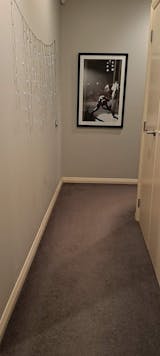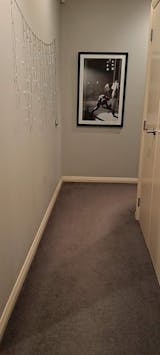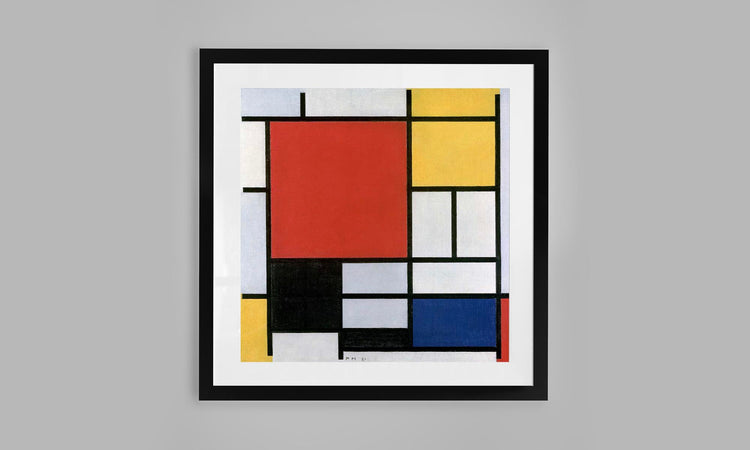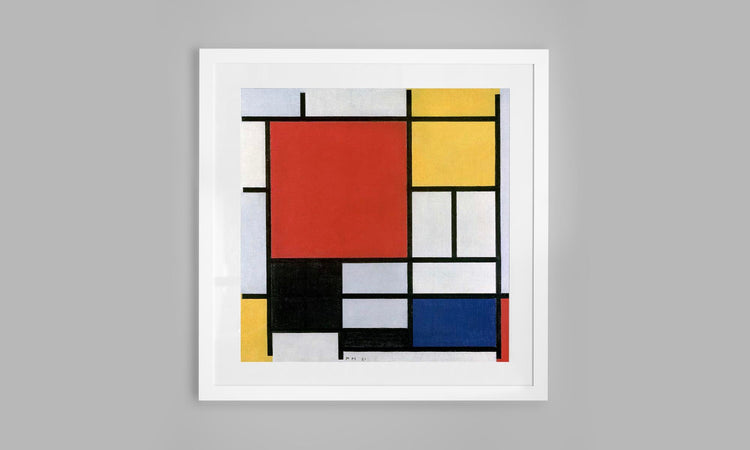Mondrian uses a rectangular canvas and divides it into a grid of horizontal and vertical lines. The lines are of varying widths and are painted in black, white, and primary colors of red, blue, and yellow. The colors are arranged in a balanced and symmetrical way, creating a sense of harmony and order.
The painting is notable for its simplicity and abstraction. Mondrian believed that through the use of simple geometric shapes and colors, he could create a universal language of art that could transcend cultural and national boundaries.
Composition A is an important work in the history of abstract art and has influenced many artists and designers in the years since its creation. It is currently housed in the collection of the Gemeentemuseum Den Haag in the Netherlands.
















